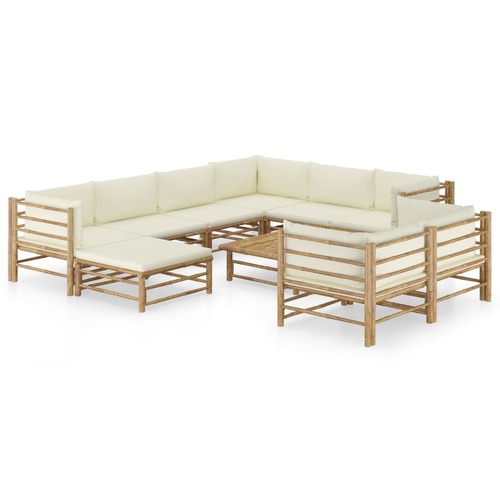
10 Piece Garden Lounge Set with Cream White Cushions Bamboo
or 4 payments of $368.29 with
 Info
Info
What is Japandi Style?
As the name might Suggest Japandi is combination of Japanese and Scandanavian styles. Influenced by the values of slower living, contentment and simplicity prevelant in the Japanese culture and represented by interior design styles in that country while blending in the themes of comfort, cosiness and sense of wellbeing so well represented by Scandanavian furniture and that cultures approach to interior and exterior design.
It is a blend of sleek, functional designs with the elegance of the Japanese asthetic blended with the smooth, modern lines of Scandanavian design. Primary Features are warm neutral colour tones featuring natural materials with lots of texture and feel with a minimalist uncluttered aesthetic. A focus on environmentally sustainable materials and fabrics is another feature of the Japandi style that promotes a harmonious and calm living environment.
Here are our top tips for getting it right and we have grouped together furniture that fits the Japandi style in it's own category, please select this from the menu (under furniture) to view the range. 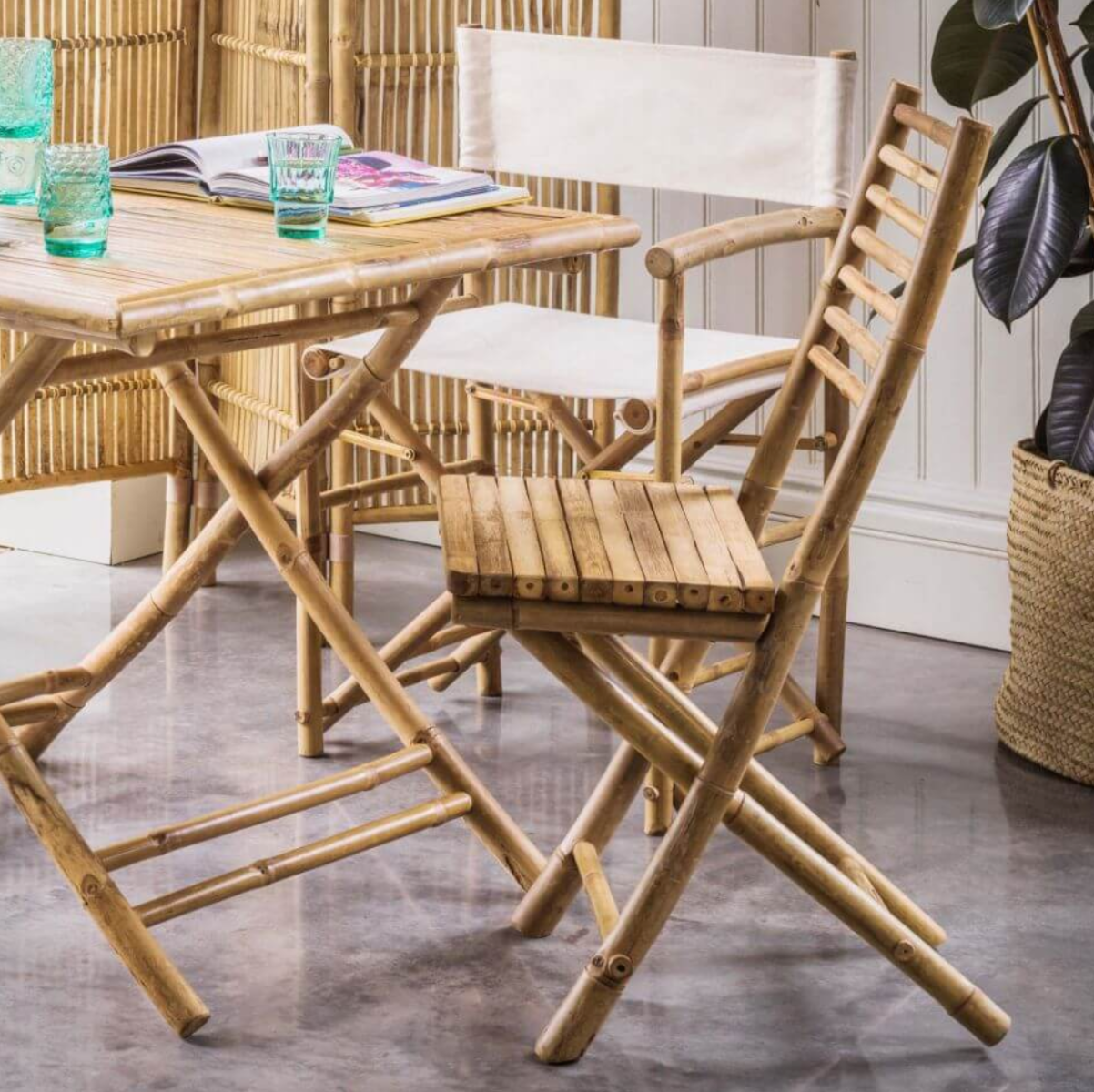
Keep It Natural
When it comes to selecting colours, look for neutral or muted tones. Think Bamboo, beige, sand, cream, taupe, oatmeal and stone or anthracite. You are looking to create a calm, relaxing space so avoid anyting too bright or jarring in the colour palatte. If this seems too 'washed out' to you consider adding contrasting colours and textures in warm Scandi shaes, pale grey, green, or pink can work well or for a richer look consider darker accents like anthracite, charcoal, russet or black. Light coloured natural and sustainable materials such as bamboo, rattan, cotton, hemp are key components of Japandi Style combined with some cool tone metals, steel or iron for visual interest and stability where needed.
Mix 'N Match
Alongside Bamboo and Rattan, wood is an obvious choice for furniture. Scandanavian design is typically comprised of smooth, clean lines while Japanese design tends to feature stained or painted woods and curved lines and shapes. Don't be afraid to mix it up to create your ideal blend of natutral simplicity and warmth. Consider a blend of recycled timber pieces with the simplicity of bamboo and throw in some warm fabrics to bring the room together and create a modern, yet calm and harmonious environment.
Minimalism
Making Japandi work is all about zero clutter, so keep accessories to a minimum. A few well chosen statement pieces is all you need to make the style 'pop'. Carefully chosen mirrors, picture frames, lamps and rugs can transform the feel of a room into a warm, cosy environment without adding clutter. Plants are also a great natural accessory to use. They are an important part of Japanese design and a great way to bring nature and a natural ambience indoors. They have the added benefit of improving air quality and adding a sense of wellbeing.
Textures
Textures are a great way to add warmth and luxury to the Japandi style whether designing you interior or exterior space. Japanese design features intricate patterns and bold colours, ideal for cushions, lamp shades, tableware and window dressings and add vibrancy to your space. While Scandanavian style features indulgent, cosy, fabrics ideal for throws, rugs, bedding and bathroom accessories. A subtley patterned rug of sumptuous natural materials can pull a room or space together beautifully and create a warm, cosy feel year round.
Low Key Lighting
Complement you minimalistic interior or exterior with sleek beautiful mood lighting. Soft lighting encourages feelings of peace and tranquility as well as warmth and wellbeing, consider industrial style pieces that represent the Scandanavian vibe combined with materials that represent the Japanese theme such as copper or pewter tones. Lamps and pendant lights are a great way to bring out the style and accessorise your space without uncessary clutter, look for warm white bulbs with lower wattage to create a warmer ambiance.
Japandi Outside
Japandi Style works well outside too. Follow the same principles of natural materials in neutral tones to pick up on the Japanese influence combined with the clean lines and strong shapes of Scandanavia with accessories in natural fabrics and bolder warm tones to transform your outdoor space.
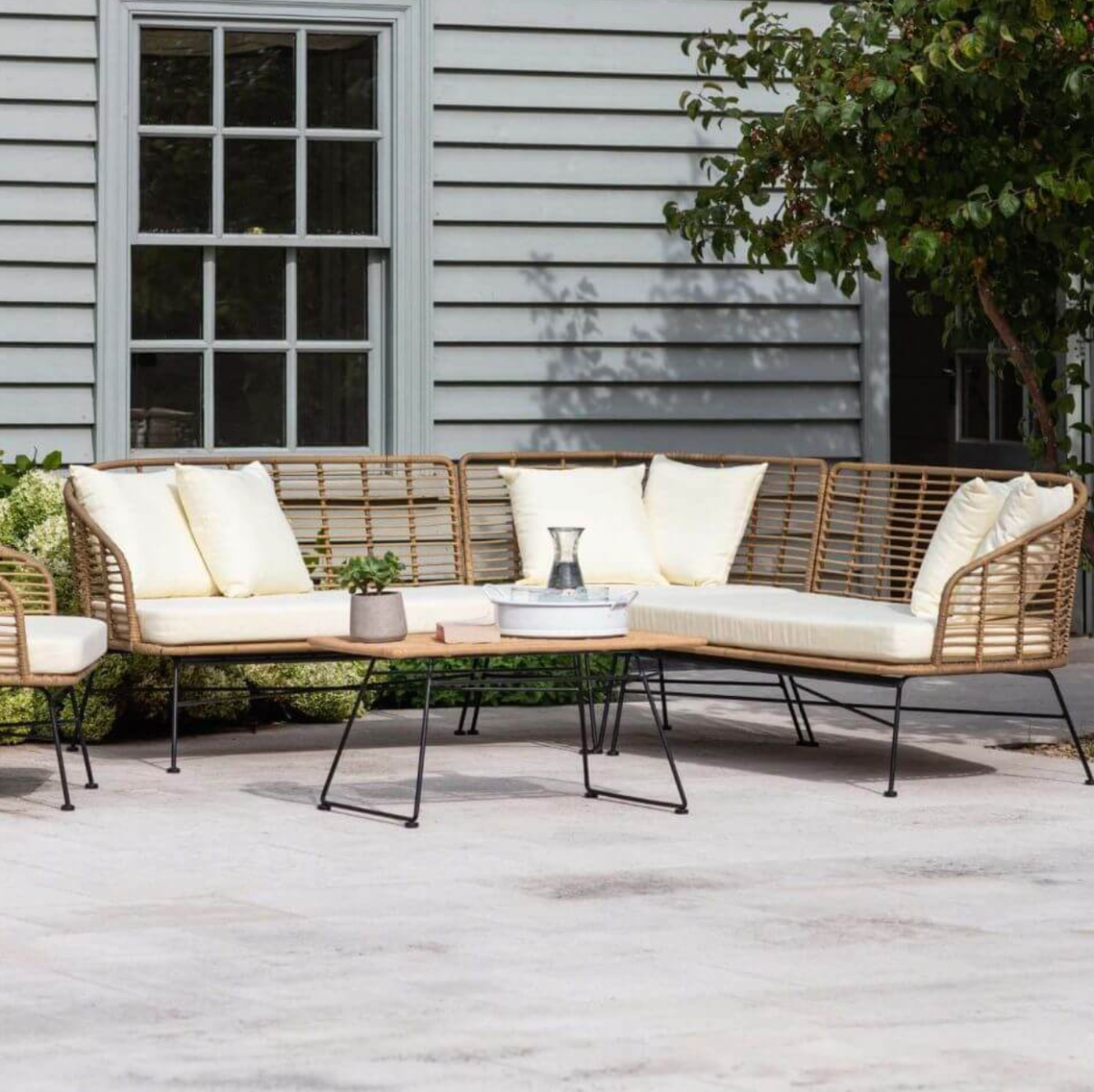

or 4 payments of $368.29 with
 Info
Info
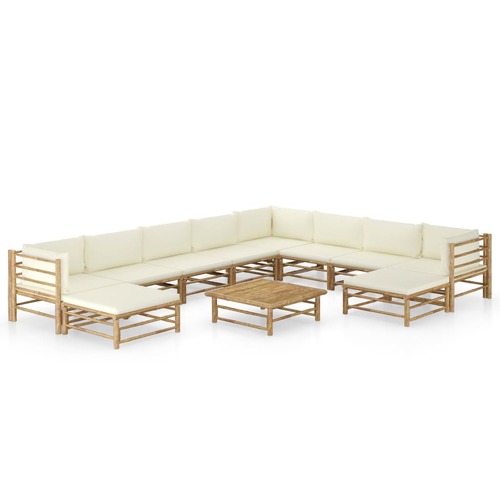
or 4 payments of $387.03 with
 Info
Info
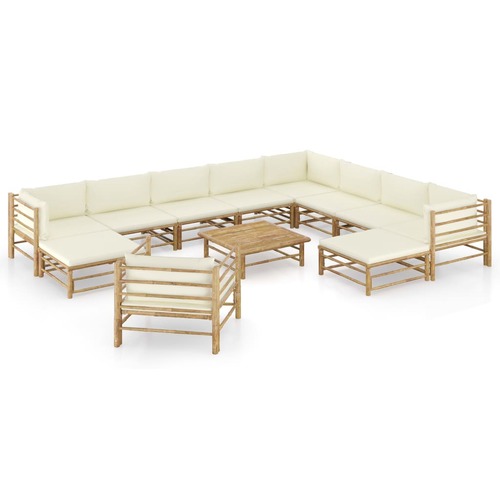
or 4 payments of $437.97 with
 Info
Info
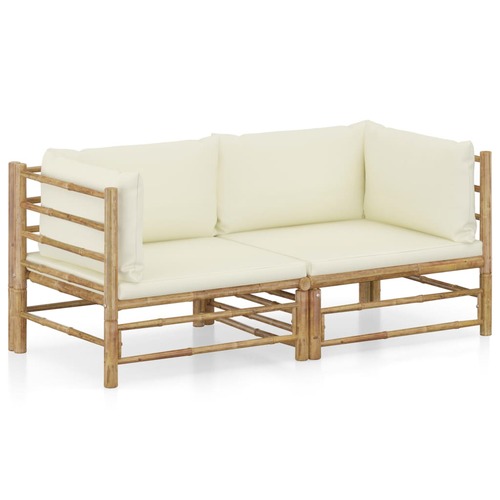
or 4 payments of $91.58 with
 Info
Info
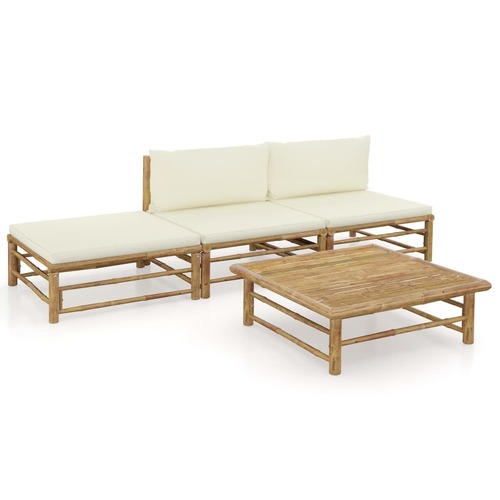
or 4 payments of $126.67 with
 Info
Info
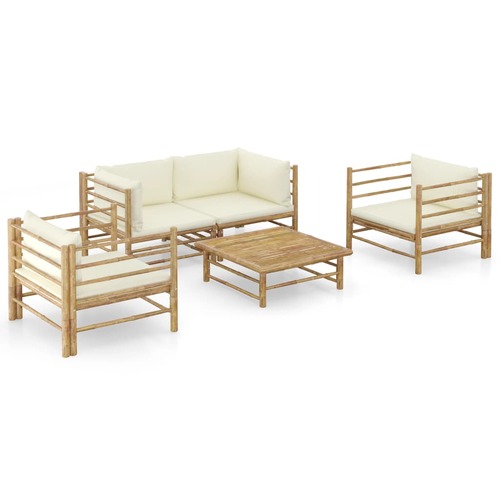
or 4 payments of $210.82 with
 Info
Info
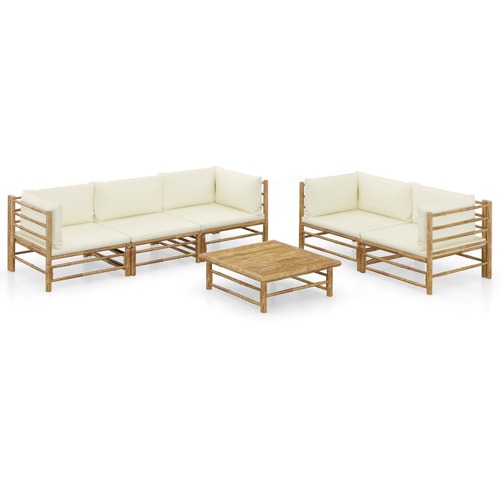
or 4 payments of $235.58 with
 Info
Info
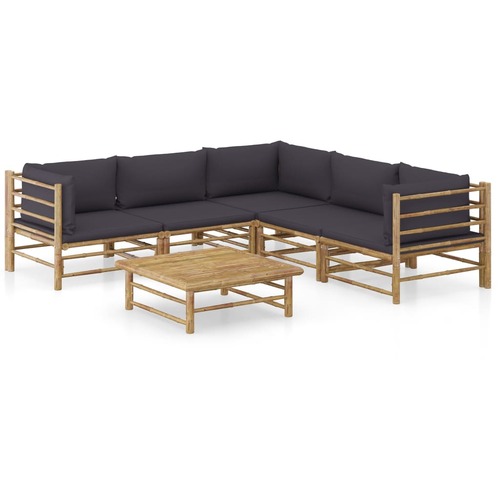
or 4 payments of $163.80 with
 Info
Info
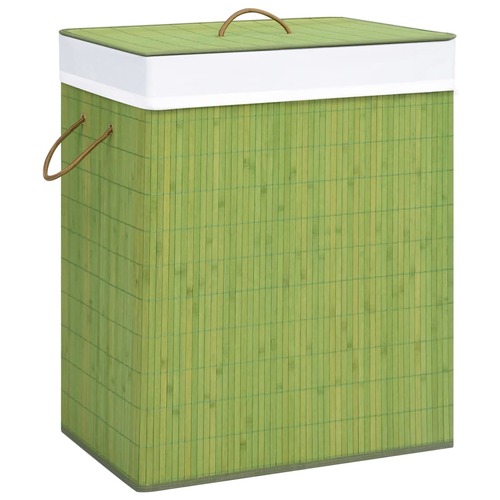
or 4 payments of $10.07 with
 Info
Info
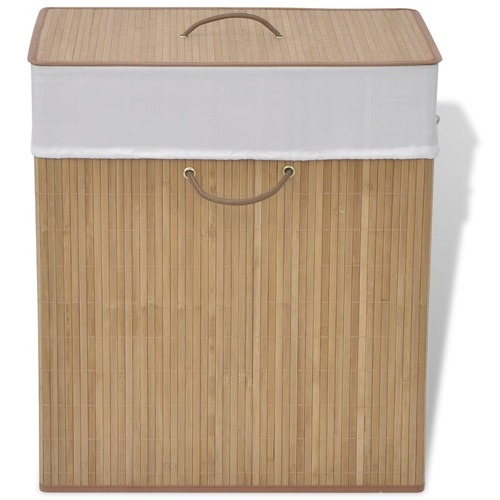
or 4 payments of $13.29 with
 Info
Info
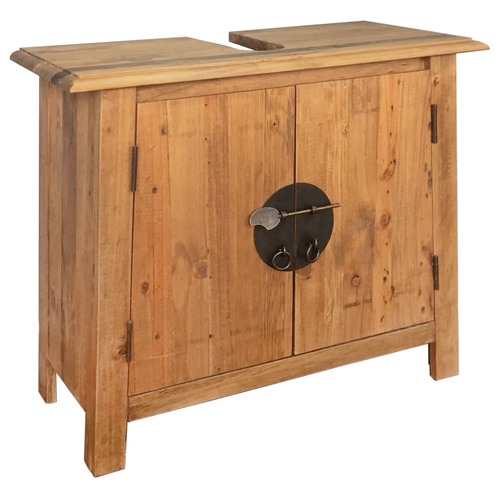
or 4 payments of $90.55 with
 Info
Info
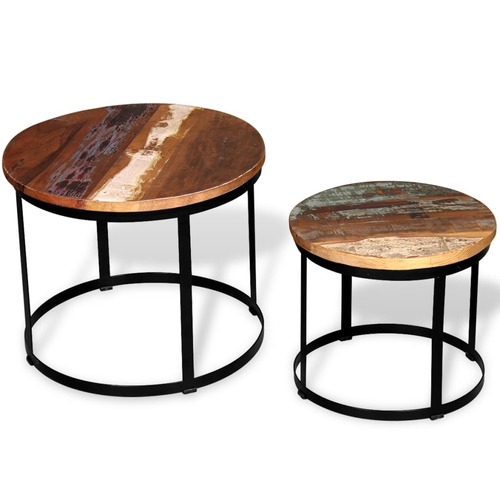
or 4 payments of $48.77 with
 Info
Info
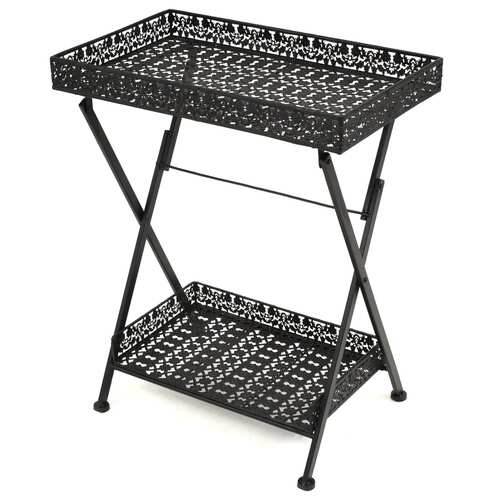
or 4 payments of $21.17 with
 Info
Info

or 4 payments of $29.30 with
 Info
Info
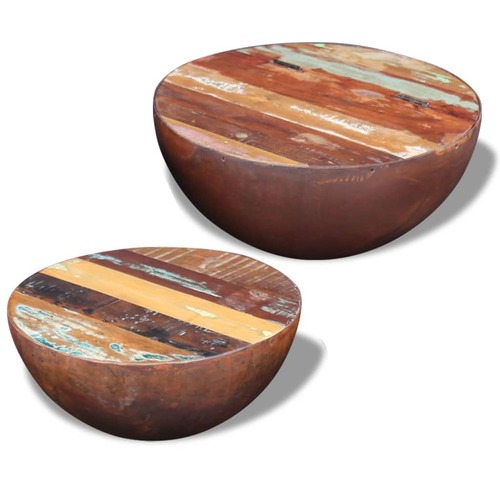
or 4 payments of $72.60 with
 Info
Info
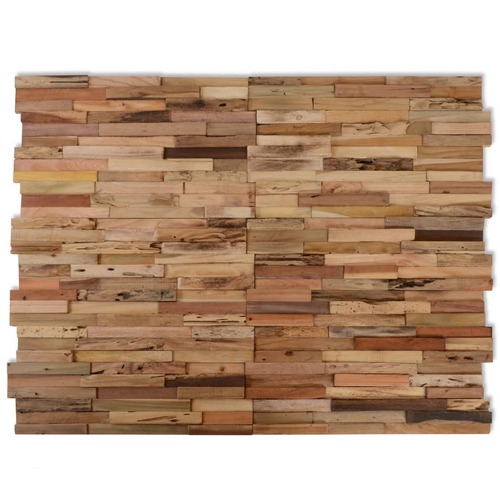
or 4 payments of $26.58 with
 Info
Info